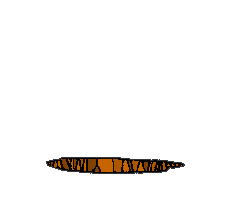
Aqua Green
Cottage Ink

Aqua Blue
McDonald Steam System Poison

Ice Blue
Scroll Flask with iron pontil

Light Cobalt or
Cornflower Blue
CARTERs Cathedral Master Ink

Medium Cobalt
I. SUTTON CINCINNATI pontilled soda

Deep Cobalt
Catherdral Peppersauce

Teal Blue
RUMFORD CHEMICAL WORKS

Peacock Blue
AYERS HAIR VIGOR

Deep Amethyst
ALLENS WORLD HAIR RESTORER

Burgundy Puce
Puce Iron Pontilled Whiskey

Pink Puce
ARNAS Whiskey

Deep Copper Puce
GXIII-19 Flora Temple Flask

Plum Puce
Drake's Plantation Bitters

Strawberry Puce

Ruby Red
CARTERs Ink Reproduction

Black Glass
Squat Cylinder

Medium Green
CARTERs Master Ink

Deep Emerald Green
Dagger Boat Ink

Lockport Green
Gargling Oil

Deep Teal Green
HENRY LUBS soda

Emerald Green
NTBT Irreg Hex Poison

Citron
KYGW Wax Sealer Fruit Jar

Deep Citron
Poison Flask

Deep Olive Green
Master Ink with Iron Pontil

Olive Amber
Snuff pontilled

Yellow Olive Green
Demijohn pontilled

Brilliant Yellow
Gun Wa's Chinese Remedy

Golden Yellow
O.W. Daley / Pharmacist / White River Junction, VT

Yellow Amber
NTBT Hex Poison

Honey Amber
BFC Demijohn

Medium Amber
Pontilled Umbrella Ink

Reddish Amber
RADAMS MICROBE KILLER

